Features of the small elm and its cultivation

The small elm in natural habitat is a tall tree or shrub. It is also known as hornbeam elm, birch bark and elm. It has become widespread in landscape gardening due to its decorative appearance, long life span and unpretentiousness.
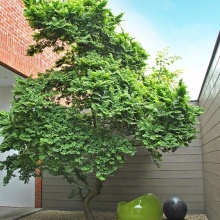
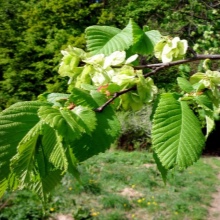
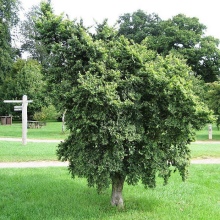
Description
Jacqueline Hillier is a tree that can grow up to 15-16 m under favorable conditions.
The crown of a perennial plant has a brownish-gray color with a light ash bloom. The bark looks smooth, at a young age has a yellowish brown color. Shoots can be fluffy or naked. The leaf buds are obtuse, the stipules are linear-oblong and narrowed, approximately 5–7 mm long, and 1–2 mm wide. The leaf plates are obovate, oblong, narrowed closer to the base. The length is about 10-12 cm, and the width is about 5-6 cm.
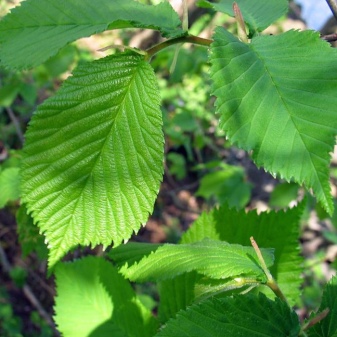
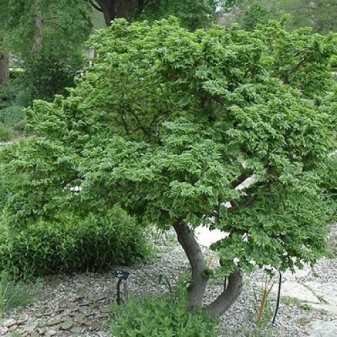
The fruits are obovate, with a thin stalk. Length 15–20 mm, width 10–14 mm. Hornbeam elm blooms in late March or early June. In its natural environment, this plant lives in Ukraine, Belarus, as well as in the Caucasus and Central Asia. In the European part of Russia, it is found in all regions, with the exception of the Baltic, Dvino-Pechora, Ladozhsko-Ilmensky and Karelo-Murmansky.
Lesser elm develops best in semi-desert, steppe and forest-steppe zones. Plain open places, gorges, hillsides and river banks are considered the most favorable for it.
Karagach is widely in demand as a park breed; it is cultivated as anti-erosion plantings. Birch bark wood is used in joinery and mechanical engineering. The plant is popular for planting apiaries.
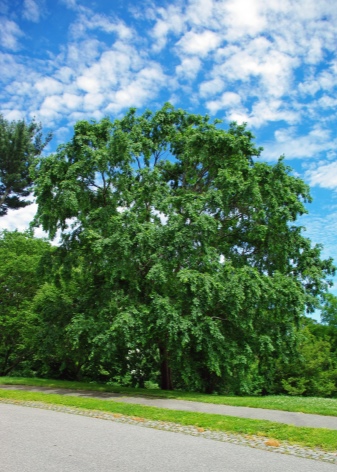

Landing features
Elm is usually propagated by seed or cuttings. The first method is very time consuming, which is why landscape designers prefer the second technique. Cuttings are usually harvested in June or July. In order for the material to take root as quickly as possible, it requires abundant daily watering.
Rooted cuttings or young seedlings purchased from the nursery are placed in a small planting pit filled with fresh substrate. The size of the hole should correspond to the volume of the root system. In the first few days after planting, young plants must be abundantly moistened, and the trunk space should be sprinkled with mulch with a layer of 10-15 cm - it is best to take peat or wood shavings for this.
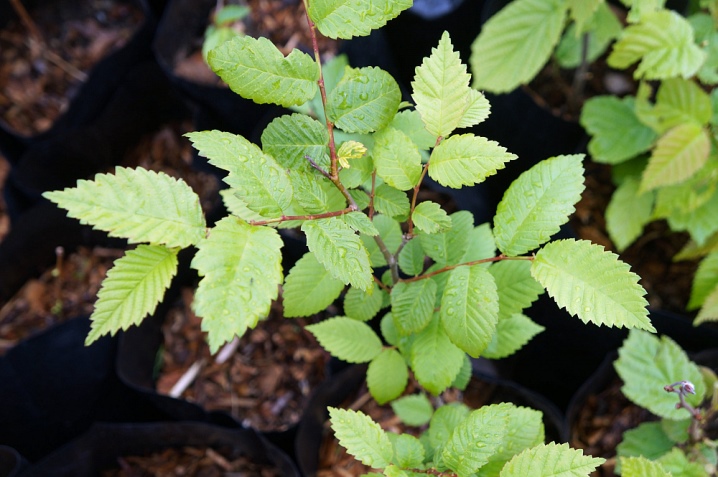
Lesser elm is a light-loving plant. If an adult tree can easily withstand shading from other plantings, then a young seedling in the shade dies. For planting birch bark, you should select well-lit areas with fertile soil.
With the seed method of reproduction, it is necessary to remember that the germination of elm seeds is high only in the first days after ripening. Therefore, it is important to plant seedlings as soon as possible after harvesting - over time, they lose all their characteristics and do not meet the hopes of gardeners. The seeds are buried in the ground, fertilized with mineral and organic fertilizing. The distance between the holes should be 30–40 cm. During the first week, the soil with seeds should be well watered.
To retain moisture in the ground, you can create a "greenhouse" effect, it is best to cover the area with a film.

Care Tips
In the natural environment, the plant grows mainly in fertile and humid areas, as well as near rivers.Therefore, the young elm is very picky about the level of irrigation and the quality of the substrate. As it grows, the need for water decreases, usually the tree has enough moisture obtained after melting snow or as a result of precipitation.
The main care of the plant, starting from the second year of life, is reduced to molding and sanitary pruning. These events are held in early spring. Elm shoots grow very slowly, so they do not need strong shortening, basically only diseased and dried branches are removed.
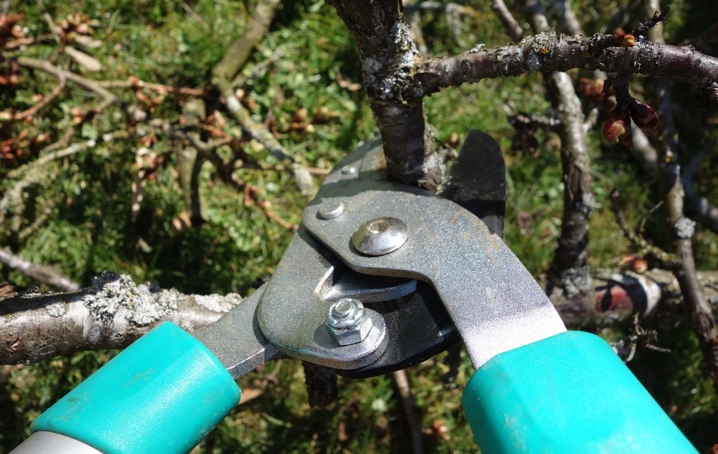
Despite its high resistance to unfavorable external factors, elm is still subject to some types of fungal diseases. Most often he encounters Dutch elm disease, its first symptoms can be noticed in late spring and early summer: when the temperature rises, the leaves begin to curl and fall off, and the shoots dry out completely. This is a rather aggressive infection, which can be eliminated only if treatment is started at the first signs of damage. The most effective drug is Topsin M 500 S. It can also be used for preventive treatment, it is carried out immediately after the average daily temperature rises to +15 degrees. In the future, the processing is repeated in summer and autumn.
The plantings can also be affected by other fungal infections. That is why, from the very beginning of the growing season, they need preventive spraying.
Bordeaux liquid or copper sulfate solution copes with this task best of all.
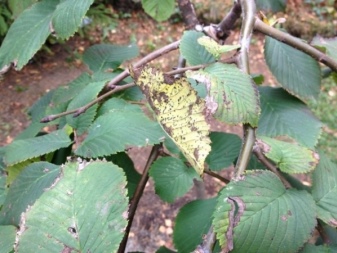
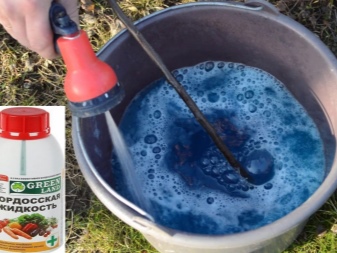
See the next video for even more details on the features of the small elm tree.



































































The comment was sent successfully.